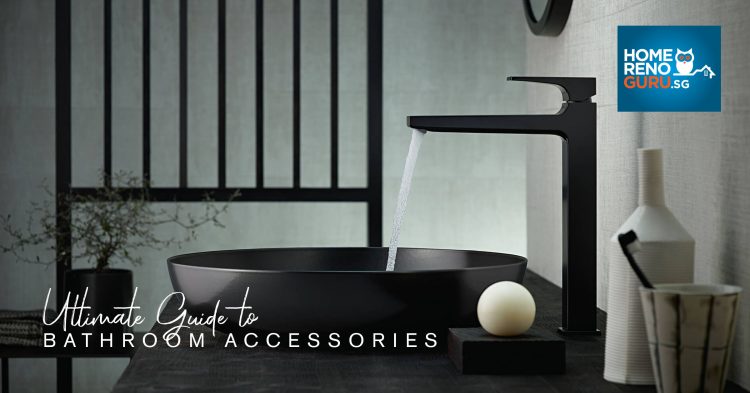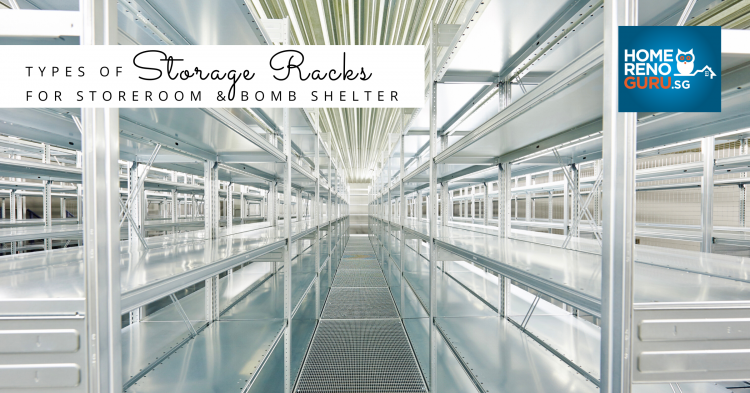From centuries-old temples and sculptures to lavish hotel interiors, people have long turned to marble for its timeless beauty. Incorporating the elegant, eye-catching stone into your spaces can add a dose of warmth, sophistication and opulence all at once, but its characteristics mean it’s not everyone’s cup of tea. Below are some things you may not know about marble surfaces that’ll help you decide whether it belongs in your renovation itinerary.
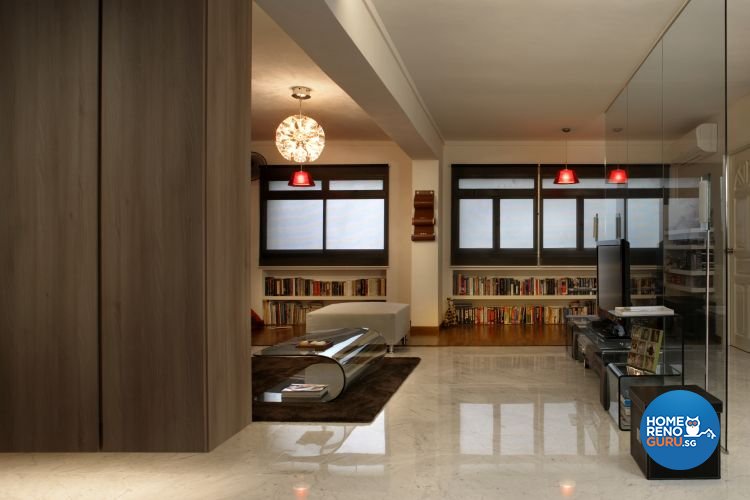
Chai Chee Road by Fuse Concept Pte Ltd
1. It’s Not As Expensive As You Think
While the thought of incorporating marble features at home causes many to worriedly see dollar signs, it’s far less expensive than you’d think. Contrary to popular belief, it can be a far cheaper option than quartz, granite and stainless steel when it comes to surfaces such as countertops.
Unlike rarer stones like quartzite and engineered materials like stainless steel, the more common varieties of marble are widely available and, to home renovators’ delight, affordable. However, if you’re looking for rarer types of marble with more vibrant grains and streak patterns (known as “veining”), you can expect to see a significant increase in your costs. Think of it as you do with steak: the more “marbling” there is, the more you’ll pay.
If you’re still squeamish about the price consider the benefits of marble according to Sophia from D’esprit Interiors: “Marble has a really unique feel because no two tiles or sections are the same. The luxurious feel and cooler temperatures are also a great addition to design especially in the relatively warm climate in Singapore.”
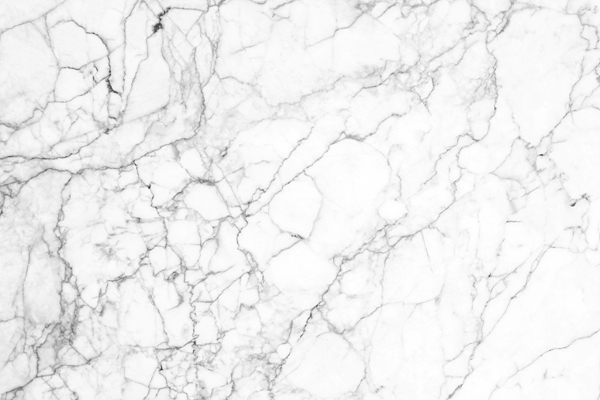
JPKPro designer/Shutterstock.com
2. It Comes In All Kinds
As a natural stone, no two pieces of marble will ever look the same, meaning you’ll never have to worry about having a carbon-copy home. While each cut of marble is unique, there are also hundreds of different kinds of marble sourced from around the world, most notably from Italy. Carrara marble, an often-grey stone with fine, linear grey veining named after the town in Tuscany, is the most accessible and affordable, and is the same kind used by Michelangelo to make his masterpiece, David.
Calacatta, a variety that is also sourced from Tuscan quarries, features a much whiter cast with darker, more dramatic veining, and much higher price point. Colour can also vary in both natural and modified forms, such as the warm, opulent Calacatta Gold, which is achieved by mixing gold with the stone. Deciding which one to go with ultimately comes down to budget and personal preference, but each has its place in different parts of the home.
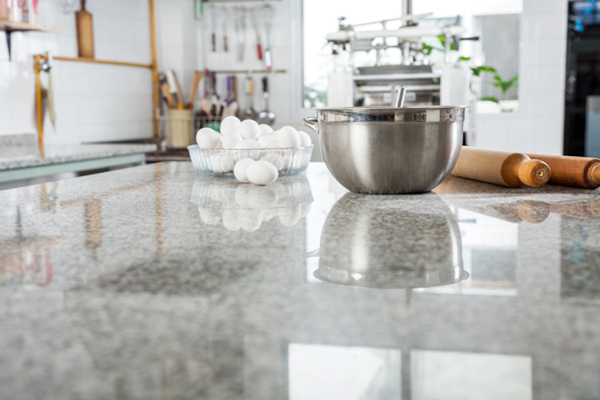
Tyler Olson/Shutterstock.com
[cta2]
3. It Needs A Little Maintenance
Marble may be a cheaper and more distinctive option when it comes to selecting countertops and flooring, but the advantages don’t come without some drawbacks. As a porous material (featuring tiny interstices, or “holes” that allow air and liquid to pass through), marble is generally much softer than granite or quartz, making it much more susceptible to stains and scratches and, therefore, not a fantastic choice for kitchen counters or back-splashes if you’re not into regular cleaning.
However, if its timeless aesthetic has won you over, then applying a sealant every six to twelve months will help protect it from erosion and discolouration, marks from hot pans, and everyday scuffs and spills. You can also help keep your surfaces spotless by immediately wiping up any spills or scraps before they have a chance to leave a stain.
Besides your personal maintenance you should also ensure your marble is protected during the renovation process. According to Ken Chew from Elementz Design Studio: “Marble can be quite fragile, and you need to take special care of it, especially when renovating. To fully protect your marble tiles, ensure that they are protected by plywood and not just newspaper.”
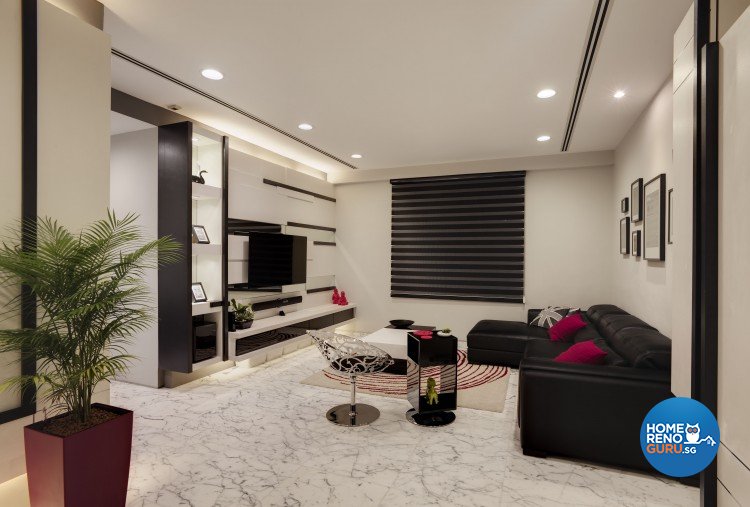
Paterson Edge by 3D Innovations Design Pte Ltd
4. It Ages With You
Although some people prefer their surfaces to have a pristine polished finish, one reason why many gravitate towards marble is its ability to reveal its age.
There are two types of finishes you can apply to your marble surfaces: ‘honed’ and ‘polished’. The former is achieved by sanding the surface to produce a worn, matte finish that’s more susceptible to staining, but leaves scratches less visible; the latter’s coating makes the stone appear brighter and leaves it less prone to stains, but will still show scratches and etches on the surface.
Whether your taste dictates a worn, rugged look or an elegant sheen, marble can be likened to the charm of a hardy pair of leather boots or trusty pair of jeans, reflecting your personality and aging with you.
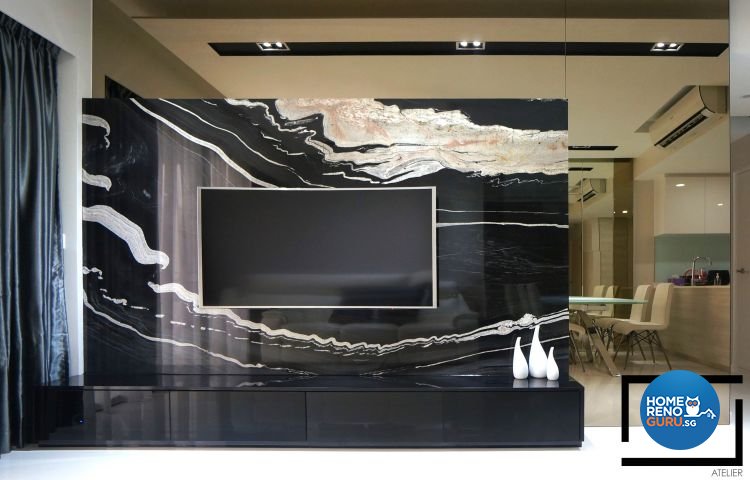
Bartley Residence by Space Atelier Pte Ltd
5. It’s A Timeless Classic
Unlike the linoleum flooring or shag carpet trends of yesteryear, you can be rest assured that your marble features will never look dated later down the line. While it’s not as low-maintenance as other surface options, many find that the extra tender loving care is well worth the effort.
The multiple uses for marble according to Lennon Yong from Hugo Design affords a lot of design flexibility as well: “Marble looks grand and luxurious as tiles, but they can also be used as table tops in the dining and living room. Kitchens tops are also great for marble but you can go for granite there if you want to use marble elsewhere.” Its timeless appeal has endured for centuries so far, and will undoubtedly stick around for plenty more to come.
Renovating your home? Here’s a handy post-renovation checklist for you to ensure that it was a solid job done.






